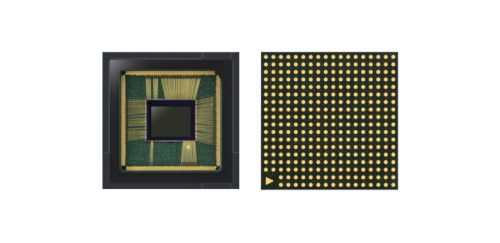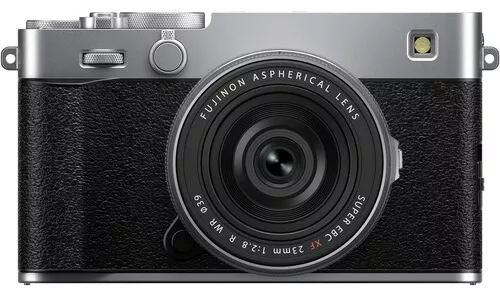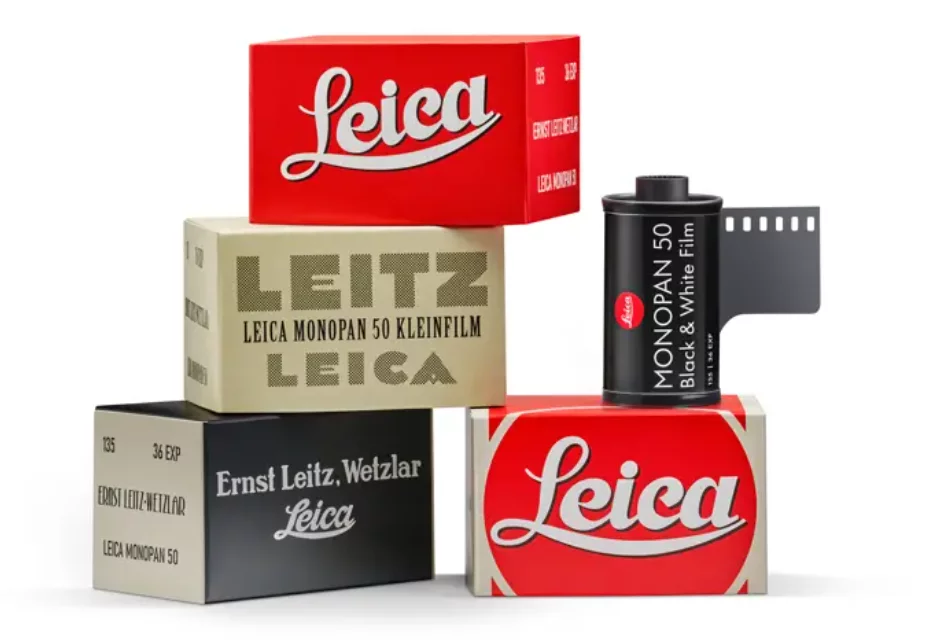If you have ever used the “portrait” setting on an iPhone 7 plus, you will know that it's actually pretty impressive and gives some great result. Well, the good news is that it's coming to a lot more phones, including those on the cheaper end of the spectrum.
Samsung recently announced a new dual pixel sensor that it will put in more of its lineup of phones, extending its portrait mode functionality to a greater range of its smartphone offerings according to CameraJabber.com.
Samsung’s ISOCELL Fast 2L9 dual pixel sensor touts improved low-light capabilities for application in smartphones giving Samsung’s 12-megapixel dual sensor smartphones portrait mode effect similar to that of rival Apple’s iPhone 7 Plus.
First featured in the iPhone 7 Plus, portrait mode utilizes depth data from two rear cameras to create a fake blur for a shallow depth-of-field effect.
Apple’s iPhone 7 Plus dual camera lens is able to simulate a blurred background effect, a feature that Google’s Pixel 2 camera also demonstrates but with only a single lens, utilizing a dual pixel sensor instead according to Peta Pixel.

The benefit of a portrait mode with a single camera module is that the mode can be enabled for front-facing cameras on the smartphone device, allowing users to take selfies with portrait mode enabled.
As CameraJabber notes, Samsung’s development of the ISOCELL Fast 2L9 will bring this technology to smartphones on the budget end of the spectrum.
Describing the use of such technology in terms of photography, Samsung says: “Dual Pixel technology especially allows depth-of-field effect for taking bokeh, or aesthetically out-of-focused photographs, through a traditional single lens camera.”
How this works in practice is that the Samsung sensor will determine what your picture’s subject matter is and will then measure the distance between that and the background using pixel measurements. Apple’s iPhone accomplishes this by measuring the distances between the lenses according to CameraJabber.
In another touted upgrade, Samsung says the new ISOCELL Fast 2L9 will help smartphone manufacturers eliminate the lens bump common to many devices.
The ISOCELL Fast 2L9’s 12 million pixels will also make it capable of focus detection, improving the camera’s ability to track moving subjects or focus on smaller subjects.





